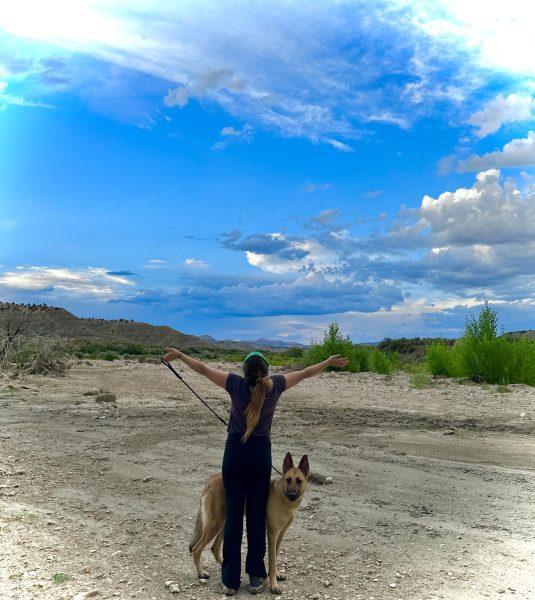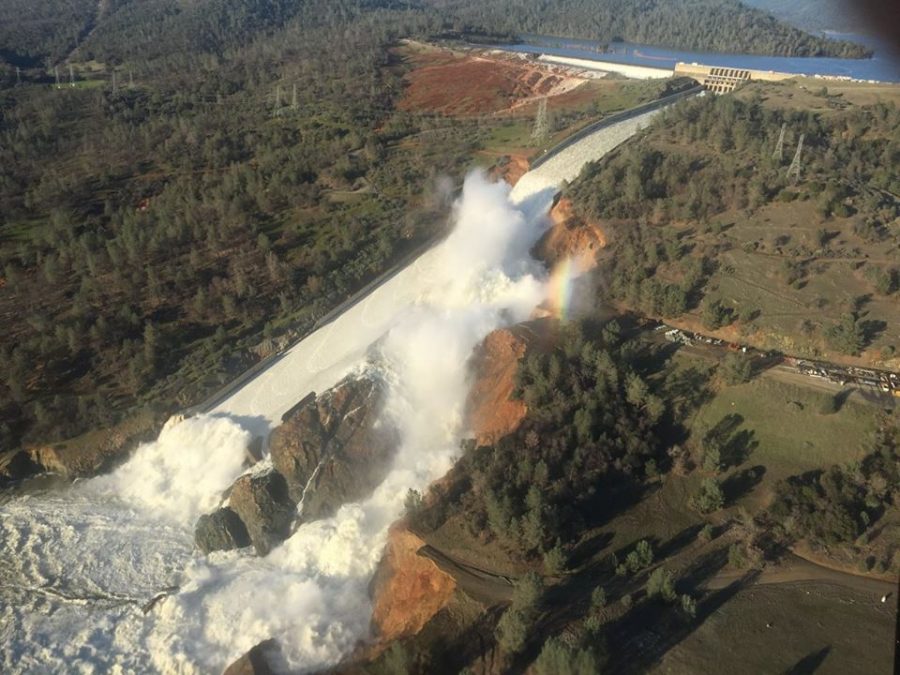Oroville Spillway crisis sheds light on failing infrastructure
The Oroville Dam situation isn’t a sudden problem, it comes from years of neglect by California Governor Jerry Brown.
Brown is not the only person who was responsible for the spill. Yes, he could have payed attention to the 2005 reports about the massive spillway adjacent to the dam, which would eventually erode during heavy winter storms. He could have also given up on his dreams of secession and the $15 billion delta tunnels he chose over upgrading the Delta levees and preventing the California Aqueduct from sinking nearly 2 feet.
The Metropolitan Water District of Southern California is also a main contributor to this disaster. If the company had chosen to do proper maintenance after learning about the faulty floodway a decade ago, then 180,000 people wouldn’t have been forced to evacuate.
This situation affects more than just the residents of the evacuated cities, it is a California-wide crisis. The aqueduct system that we have been relying on for the past 60 years is no longer reliable. Because of groundwater pumping near Avenal in Kings County, the aqueduct not only sank, but can now carry 20 percent less water than it was originally designed to carry.
The thought of a drought should be embedded in the minds of every California resident, especially in Southern California, the area that relies on the aqueduct for nearly a third of its drinking water. There are still parts of Southern California that are considered to be in a extreme drought, such as Santa Barbara and Ventura, despite the heavy rainfall the state has experienced this year.
While Brown does not take sole responsibility, deciding to hop on the issue a decade late is doing nothing to help his cause. This was an infrastructure problem that should have been addressed earlier. Even a simple fix like setting concrete for the spillway to avoid erosion would have eliminated this entire problem.
President Donald Trump has yet to comment on the Oroville Dam issue, and other than his previous statements of investing $1 trillion to improve the nation’s infrastructure needs, it isn’t likely that we will see him address this problem. Whether it’s a petty grudge against Brown, or just a statement of disapproval for the secession movement, Trump does not care about the state that didn’t give him electoral votes.
Although the outcome of the Oroville Dam situation has been bleak, the one bright spot is the ability of the Chico community to support the evacuees. The people of Chico have been hospitable by opening their homes and volunteering their time, including Chico State athletes, business owners and local citizens who are passionate about helping.
There’s nothing we can do about the situation right now, other than be supportive of the people who were forced to flee their homes. By welcoming them with open arms and closely following other infrastructure issues before similar problems arise in other areas, we can weather the crisis.


















Howard Tuvel // Feb 15, 2017 at 3:15 pm
How ridiculous that people can get away with doing nothing. Oroville is going to need a lot of help, and yet no one is trying to catch the people responsible. Thank god that there’s a source actually looking into this as an ALL CALIFORNIA problem